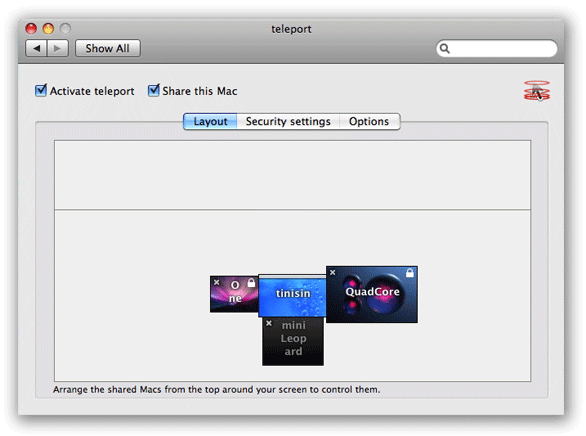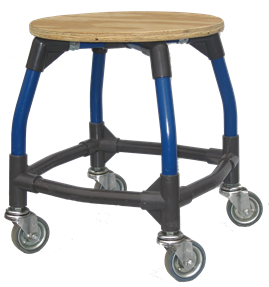Also used as a navigable movie player
Modelled after the warpplayer application
Written by Christopher Wright @ Kineme
Design by Paul Bourke
The Quartz Composer patch discussed here warps an image (or movie) in an arbitrary way as specified by a user generated mesh stored in a simple text file. There are many potential applications for this but the motivation for this capability arose from a very precise requirement, namely the warping of images for projection into immersive spaces by using a projector and a spherical mirror.
This document assumes the reader is familiar with the topics listed above, namely the use of a spherical mirror as a low cost single projector solution for immersive displays. And that this technique requires image warping such that the result appears correct on the final surface. Additionally, the concept of navigable movies ... movies where each frame consists of more than a limited perspective projection and the viewer may change his/her view while the movie plays.
In all the above applications an image is warped (distorted) using a regular mesh consisting of vertex coordinates (x,y), texture coordinates (u,v) and an intensity mapping (i). The patch described here adds this warping support to Quartz Composer and is a direct analog to the existing stand alone application "warpplayer" (it uses the exact same warp mesh file format) except that it adds the enormous additional functionality of Quartz Composer to create more dynamic/interactive experiences. The rest of this document will concentrate on applications intended by the original designer of the patch, every attempt has been made to keep it general so that hopefully other uses will rise.
Description of inputs
 |
|

































 o
o



 When it comes to sharing digital photos online - Flickr Photos, Google Picasa Web Albums and Zooomr rule the web. And now a free tool called Migratr has created sort of a "virtual bridge" between these photo services.
When it comes to sharing digital photos online - Flickr Photos, Google Picasa Web Albums and Zooomr rule the web. And now a free tool called Migratr has created sort of a "virtual bridge" between these photo services.













